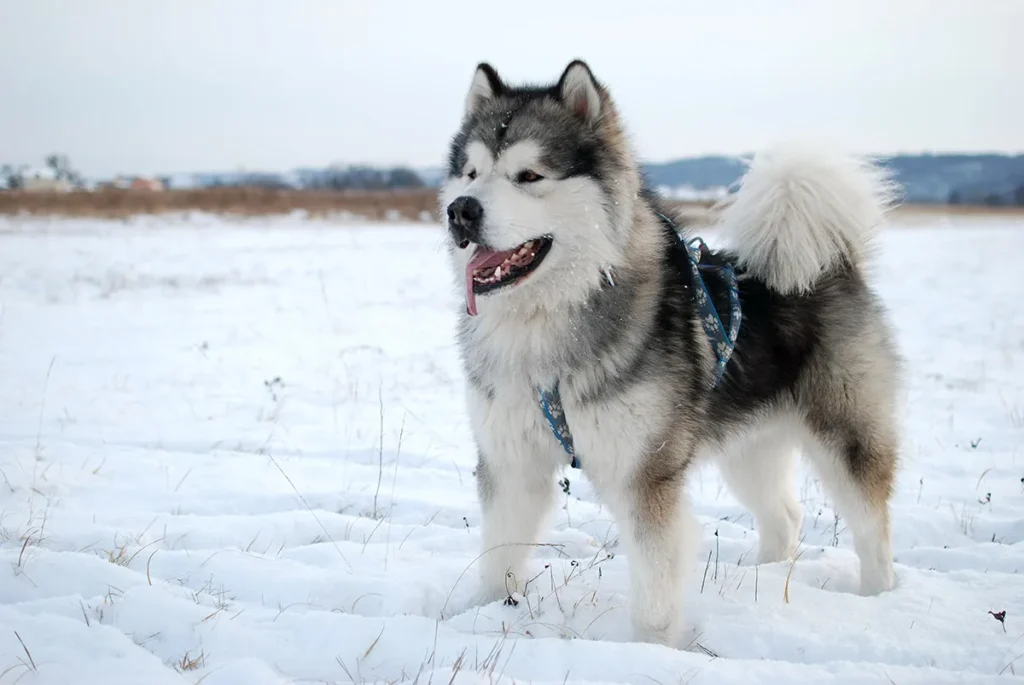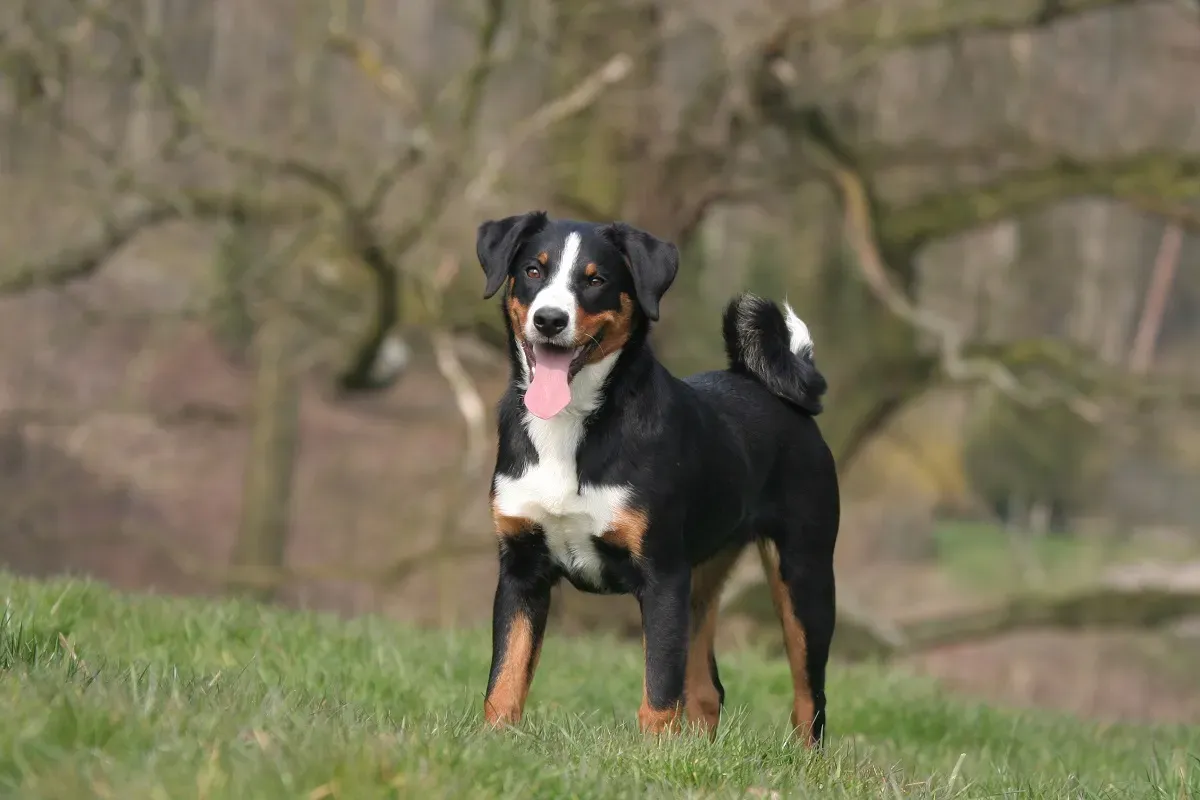
Alaskan Malamute
Heena
June 2, 2025

The Alaskan Malamute is one of the oldest Arctic sled dogs, built for strength, endurance, and loyalty. With their wolf-like appearance, thick double coat, and calm, steady nature, they make a striking impression. Originally developed by the native Mahlemut tribe in Alaska, these dogs were bred to haul heavy freight across icy terrain—not for speed like Huskies, but for raw power and stamina.
Today, Alaskan Malamutes are admired in both the UK and USA for their noble appearance and affectionate nature. However, they are not a breed for the casual dog owner—they require commitment, space, and a solid understanding of pack behavior.
Breed Overview
Malamutes are large working dogs, weighing:
- 75 to 100+ pounds (34–45+ kg)
- Standing 23–25 inches tall at the shoulder
Their defining features include:
- Erect ears
- A bushy, plume-like tail
- Deep chest and broad shoulders
- A dense double coat that sheds seasonally
This breed is not suited to small homes or city apartments unless owners are highly experienced and dedicated to exercise.
- 75 to 100+ pounds (34–45+ kg)
Breed Colors & Markings
Common coat colors include:
Gray and white
Black and white
Red and white
Sable
Seal and white
All Malamutes have a white face and underbody, often with a distinct mask or cap on the face. Eye color is always brown—blue eyes are a disqualification in breed standards and may indicate a Husky mix.
Temperament and Communication
Malamutes are vocal, but unlike Beagles or smaller breeds, they howl rather than bark. They’re known for:
- Expressive “woo-woo” sounds
- Playful grumbling
- Tail wagging and body posture to show affection
Temperament-wise, Malamutes are:
- Friendly and affectionate, even with strangers
- Loyal but independent
- Good with children, though their size requires supervision
- Typically dog-selective—they may not get along with dogs of the same sex
They are not guard dogs, but their size and presence can be intimidating.
What Do Alaskan Malamutes Eat?
Malamutes need a nutrient-dense, high-protein diet to support their size and activity level. In the UK and USA, common feeding routines include:
- High-quality dry kibble formulated for large breeds
- Raw or cooked diets (with veterinary guidance)
- Occasional fish like salmon or sardines for coat health
Essential dietary components:
- Protein from meat or fish (chicken, lamb, turkey)
- Healthy fats for coat and energy
- Glucosamine and chondroitin for joint support
- Low-grain or grain-free diets, if sensitive
Portion control is key. Malamutes have slow metabolisms and are prone to obesity if overfed or under-exercised.
What to Expect When Caring for a Malamute
Health
Malamutes are generally healthy with a lifespan of 10–14 years, but common concerns include:
- Hip dysplasia
- Hypothyroidism
- Cataracts
- Chondrodysplasia (dwarfism, in poor breeding)
- Bloat (gastric torsion)
In both the UK and USA, ethical breeders test for genetic issues. Routine vet care, proper diet, and exercise are essential to long-term health.
Grooming
Alaskan Malamutes have a thick, double-layer coat that needs regular attention:
- Brushing 3–5 times a week
- Daily brushing during seasonal shedding (spring and autumn)
- Bathing every few months, or when dirty
- No shaving—their coat regulates body temperature
A powerful deshedding tool is a must-have for Malamute owners.
Exercise
Malamutes are bred for endurance and need 1.5 to 2 hours of exercise daily. Ideal activities include:
- Long walks or hikes
- Backpacking or sled-pulling (urban mushing)
- Running in cool weather
- Mental challenges like puzzle feeders
Without enough stimulation, Malamutes become bored, vocal, and destructive. A tired Malamute is a well-behaved Malamute.
Training
Malamutes are intelligent but strong-willed. Training should start early and include:
- Positive reinforcement (treats, praise)
- Consistent rules and structure
- Early socialization
- Crate training for safety
Avoid harsh corrections—Malamutes will resist forceful methods. Obedience training is especially important due to their strength and independence.
Nutrition
An adult Malamute typically eats:
- 3–4 cups of high-quality food daily (split into 2 meals)
- Needs vary by age, weight, and activity
Supplements to consider:
- Omega-3 fatty acids for skin and coat
- Joint supplements for hips and shoulders
- Probiotics to support digestion
Keep food and water elevated to ease digestion and reduce bloat risk.
Final Thoughts
The Alaskan Malamute is a regal, hardworking, and loving companion for owners ready to meet its needs. In both the UK and USA, they thrive in active households that respect their independence and provide structure, space, and plenty of exercise.
Not a breed for everyone, Malamutes are best matched with confident, experienced owners who can provide firm guidance and lots of activity. In return, you’ll get a loyal, affectionate dog that loves adventure as much as you do.

